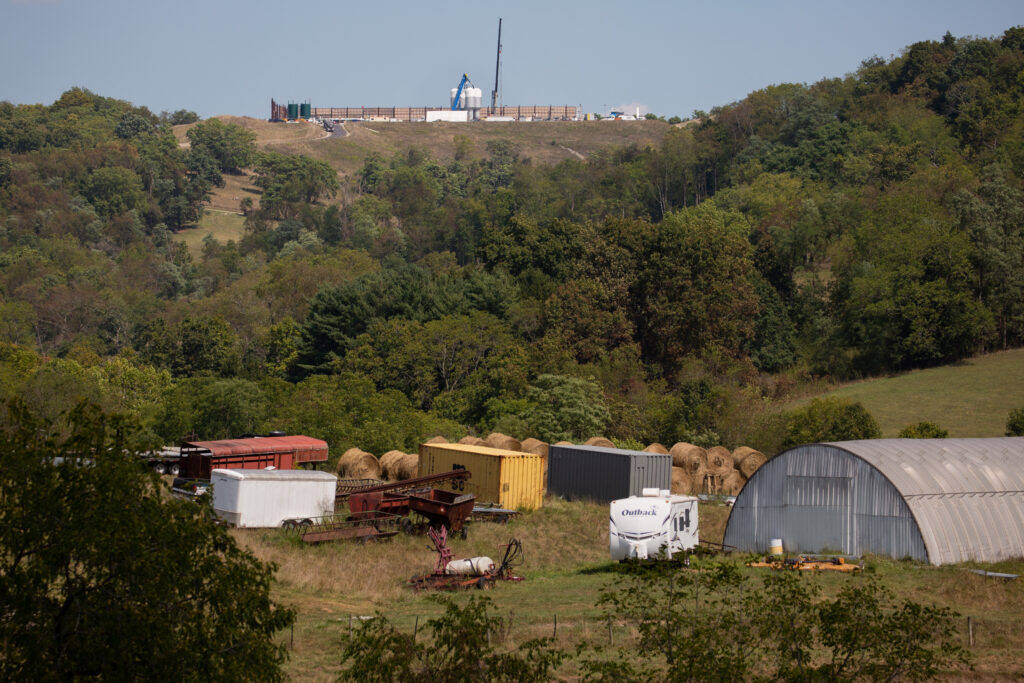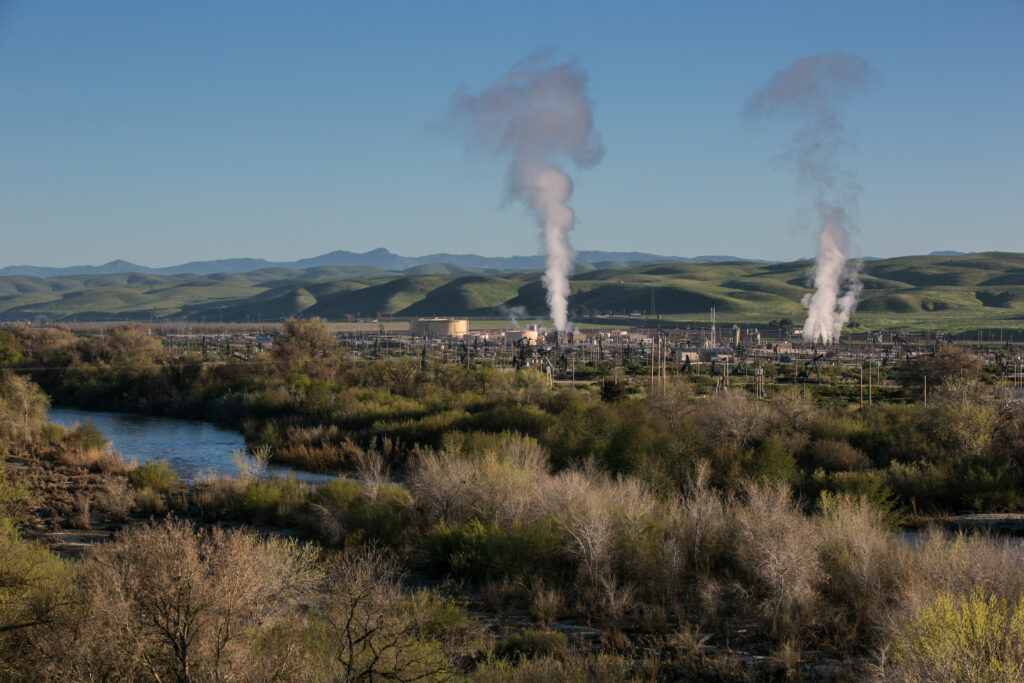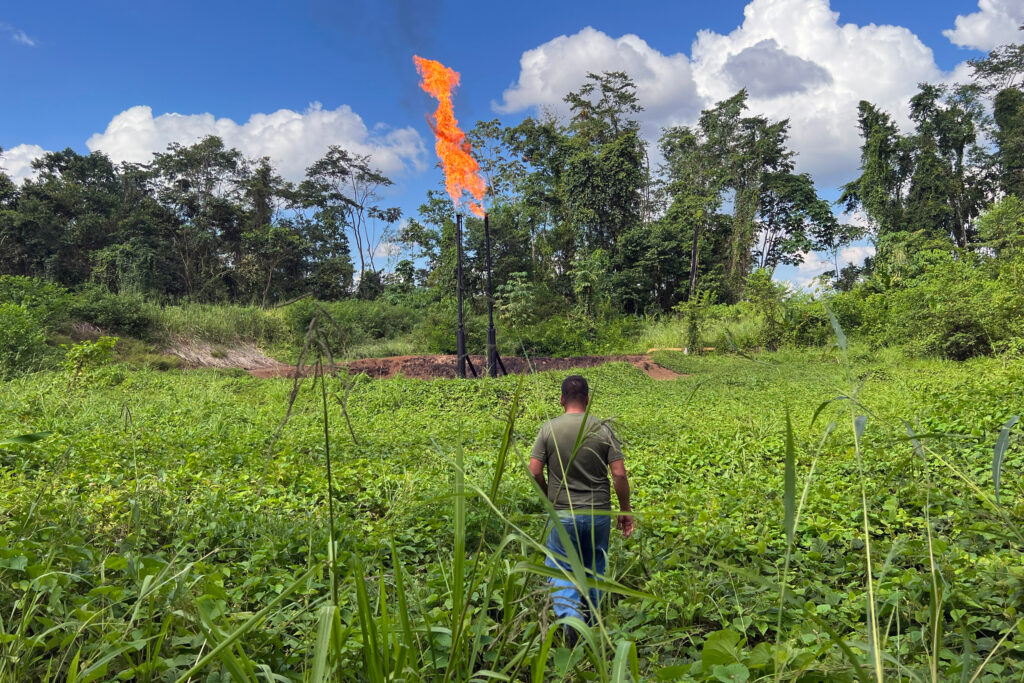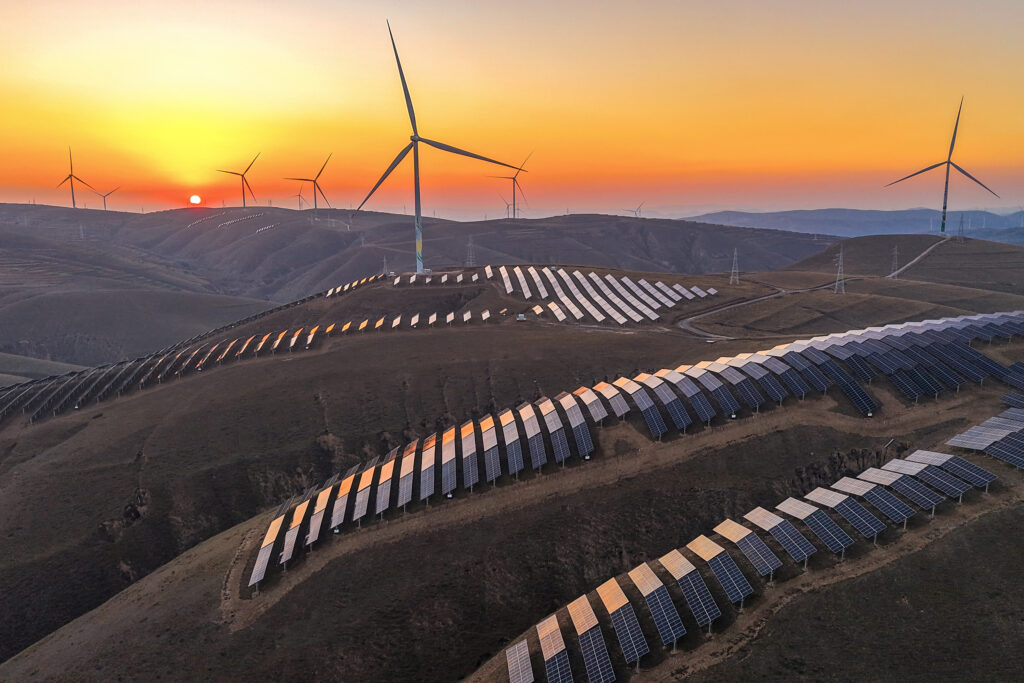Maryland utilities are averaging more than $700 million a year on gas infrastructure spending, worsening the energy burden among low-income communities and hampering the state’s efforts to hit its ambitious clean energy and emissions reduction targets.
That’s according to the Office of People’s Counsel, the state agency representing Maryland utility customers in federal and state rate cases. The warnings were in the OPC’s latest report, unveiled on Tuesday.
Spending on gas infrastructure investments has been steady since 2023 and is expected to remain so in 2025, said David Lapp, the head of the OPC. “Ultimately, unless the state changes course, the utilities will be recovering around $2.5 billion from customers against that level of investment in the coming decades.”
Lapp said that Maryland should not be investing such a hefty sum on polluting gas projects. “It means more gas will be burned, adding to climate and environmental impacts,” he said, adding that the sum is better spent advancing the state’s climate goals.
We’re hiring!
Please take a look at the new openings in our newsroom.
See jobs
Maryland’s Climate Pollution Reduction Plan recommends that the state invest billions in climate actions and pass bold legislation to accelerate clean energy transitions and hold fossil fuel companies accountable. The state has committed to a 60 percent reduction in greenhouse gas emissions from 2006 levels by 2031,100 percent clean energy by 2035 and net zero emissions by 2045.
Finding that much money for the clean energy transition is challenging for Gov. Wes Moore’s administration, which faces a cash shortfall of roughly $1.1 billion and a budgetary hole of $761 million for fiscal year 2025. The last General Assembly session also failed to pass bills that could have brought new revenue for the state to invest in climate endeavors.
The 92-page OPC report, punctuated by elaborate datasets and charts, states that gas delivery rates for some Maryland utilities, particularly Baltimore Gas & Electric and Columbia Gas, have more than tripled since 2010, amounting to about three times the rate of inflation.
The analysis showed that skyrocketing utility bills are being driven by the spike in the cost of delivering gas and electricity to homes and businesses, caused by massive spending associated with replacing and upgrading utility infrastructure across the state.
Delivery cost and service charges make up most of the utility customer’s bill. The supply cost, though fluctuating, has come down substantially since 2022, when the outbreak of the Ukraine war sent gas prices soaring globally.
Since 2014, Maryland gas utilities have spent more than $2 billion on new gas infrastructure under the Strategic Infrastructure Development and Enhancement Plan law, STRIDE for short.
Enacted in 2013, STRIDE allows gas utilities faster than usual cost recovery for replacing aging gas pipes and components. In return, utilities add a monthly fee to customer bills to recover the costs of such projects, which are later added into rates.
The utilities will take until 2045 to complete their work under STRIDE, OPC says, and will spend nearly $10 billion.
The Maryland Public Service Commission has already approved infrastructure spending under various rate cases. More rate increases are on the way.
“We have recommended in our report that both STRIDE and Multi-Year Rate Plans should either be ended or substantially curtailed,” said OPC’s David Lapp. Multi-Year Rate Plans, like STRIDE, allow utilities faster cost recovery but apply to all infrastructure spending, not just pipe replacements.
Lapp said utilities have an obligation to provide safe gas distribution systems, and STRIDE does not include any additional safety requirements. “It’s purely a financial recovery mechanism and should be discontinued.”
The OPC also recommends that utilities be required to issue reports that explain to customers why rates are increasing, Lapp said. “Utilities should explain in a straightforward and transparent way what their rate increases are. We have seen lots of confusion created by blending together different portions of the bill, making it harder to understand what’s really going on.”

Laurel Peltier, a Maryland-based energy justice advocate, said high utility bills hit low-income communities hardest. Those residents are already energy burdened, often one bill away from falling into a poverty trap.
“I just don’t understand how people are going to be able to afford their bills, especially if your home is heated with gas,” she said. “And what’s also worrying is that our Public Service Commission approved these rate increases.”
Nearly 450,000 households in Maryland are estimated to be low income, or 21 percent of the population. Most of them—more than 380,000 households—are eligible for energy assistance benefits through a $100 million program managed by the state to reduce energy bills.
“If our state is going to allow spending billions on a gas distribution system that we don’t need, then you can’t put that on the low-income ratepayers.”
An analysis of 110 low-income Baltimore households by Peltier found a 64 percent premium for electricity and an 88 percent premium for gas when bought from energy retailers. The average family paid an additional $650 per year on an income of $16,000, sometimes entirely from Social Security benefits. Spiking utility rates further stretch low-income families, already struggling to keep the lights on, even with help from the state’s energy assistance programs.
A 2022 report also found that low-income families in Maryland faced untenable burdens from high energy bills, with households on the Eastern Shore and in Baltimore City having the highest gross energy burden—paying 15 percent of their annual income for their energy needs. The average statewide gross energy burden is 12 percent for all low-income households, the report found.
Peltier said it is discriminatory to price out an entire group of residents. “There is an effort right now at the Public Service Commission to create a separate rate for low-income customers. If our state is going to allow spending billions on a gas distribution system that we don’t need, then you can’t put that on the low-income ratepayers.”
It’s bizarre, she said, that Maryland is pursuing two competing policies simultaneously. “There is the Climate Solutions Now Act, which requires the state to invest in clean energy and reduce greenhouse gas emissions. And then we are massively rebuilding a gas system that is polluting and causing climate change. This is a losing proposition.”
Added Emily Scarr, director of the consumer advocacy group Maryland PIRG: “Spiking utility rates impact all Marylanders, but become particularly dangerous when families are faced with shutoffs because they can’t afford to pay the utility bills.”
This story is funded by readers like you.
Our nonprofit newsroom provides award-winning climate coverage free of charge and advertising. We rely on donations from readers like you to keep going. Please donate now to support our work.
Donate Now
She said high utility bills are particularly challenging for people with respiratory illnesses, or who need breathing support. “Power shut off during a heatwave or cold snap can be a matter of life or death. For other families it can be a financial burden having to pay large fees for reconnection or replacing spoiled food.”
OPC’s Lapp said that as state and federal policies hasten electrification, much of the gas infrastructure will become uneconomic, resulting in billions of dollars of stranded costs.
“Electrification is going to happen regardless of climate concerns because technologies are more efficient and more cost effective. And as the customer base declines, it’s going to drive gas rates further up and that will drive more customers away from gas,” he said. “It’s best that we plan accordingly now.”

















